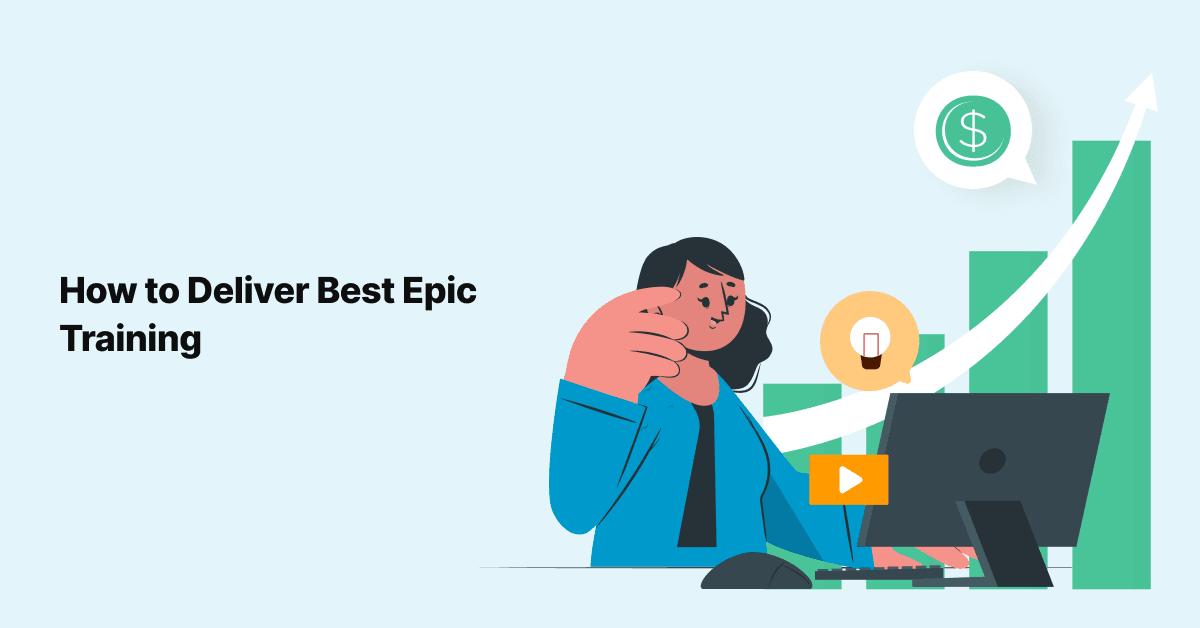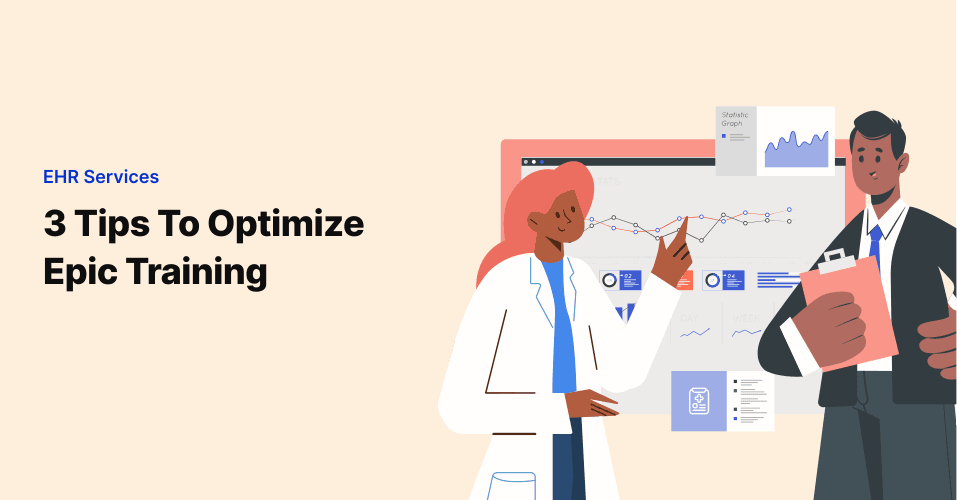
How to Deliver the Best Epic Training in Healthcare
There are many ways that a health system can choose to implement an EHR, such as Epic. Some take the slow and …

Learning is the acquisition of knowledge or skills through experience, study, or by being taught. If knowledge acquisition results from good training, the lack of the same will result from inadequate training. Simply said, knowledge retention is good learning, and no retention is bad learning.
In the learning profession, all learning needs to be measurable to identify areas of improvement and more. Most use the SMART outline: Specific, Measurable, Achievable, Realistic, Time-bound. Despite significant attention to detail, learning outcomes can still be poor if training is delivered in a form that the learner can not assimilate.
In a live class, it will look like a well-prepared, enthusiastic trainer who is a master of the course material. The trainer has complete control of the learning environment, builds rapport with the learners, and develops trust. The trainer will keep the focus on the course and on the material that he is teaching. The trainer evokes engagement with the learners and encourages discussion when appropriate and on topic with the class.
In the e-learning environment, good learning means that there is design continuity between all the courses on the same topic. (E.g., Electronic Medical Records (EMR) Training will all have the same design, look, and feel). The basic format will include an introduction, overview, simulation, follow-along, self-navigation, a final exam, and the main points. The narration needs to be upbeat and light, with a cheerful voice in fluctuations. It is also good to use the most realistic artificial voice you have access to. When using simulation, it is crucial to be exact and direct. The test questions need to be clear and correct. When the learners have completed a well-designed, narrated e-learning, they feel a sense of accomplishment and success in what they have just learned. They can go back and review the same material over and over again to maximize efficiency in their role.
It translates to an unprepared, disorganized instructor who loses his place while training in a live class or a designer who does not fully understand the concepts or the flow. This renders the content to veer off-topic, or trainers will tell jokes or stories that do not directly relate to the course material. The trainer might have a wonderful personality, but if they can’t train you on what you need to do your job, you are left to fill in the gaps, causing potential issues downstream.
In a live training environment, it is difficult to ensure that different trainers teach their classes similarly. Some will skip over the material because they are running out of time or will add too much information to add course content they feel is needed for the role. In either case, it is causing a disservice to the learner. Getting too much information is just as harmful as not getting enough information. In live training, only about 25% of the content is retained. After a few weeks, the learner will not remember that they were taught a specific lesson or skill set. This lack of retention is one of the main reasons for moving to e-learning because it is repeatable. When a learner doesn’t remember, they can return to the learning and review.
In the case of e-learning, if the content is over two years old, then the material is out of date as the styles have changed, and the e-learning will be glitchy. Old e-learning content causes problems that undermine their trust in the training. Screen captures of outdated software which no longer functions in the manner displayed will only create confusion. The learner will “click through it” to get out of it, leading to no retention of information.
The key takeaway: Bad learning is very noticeable with the lack of knowledge retention. On the other hand, good learning is rewarding, and the learner will have a higher sense of accomplishment. Needless to say, when an employee is trained well, they perform well and are motivated to stay on for longer.
Join over 3,200 subscribers and keep up-to-date with the latest innovations & best practices in Healthcare IT.

There are many ways that a health system can choose to implement an EHR, such as Epic. Some take the slow and …

Despite years of efforts and investing billions of dollars, it has been seen that EHR systems still often do …

Given the breadth and depth of information required to successfully train clinical staff on an EHR, it’s …